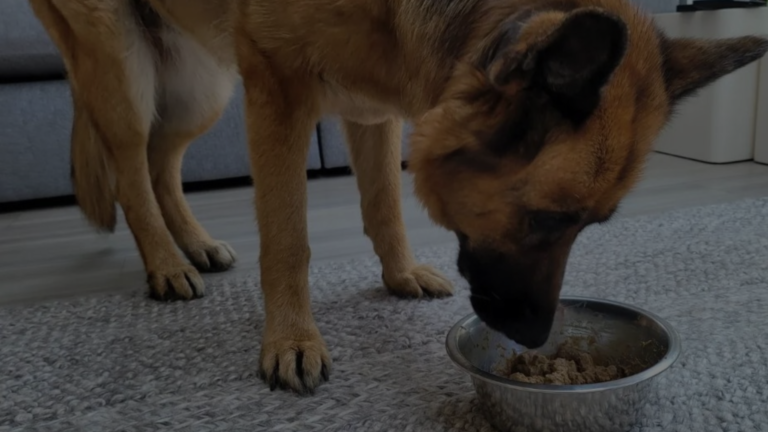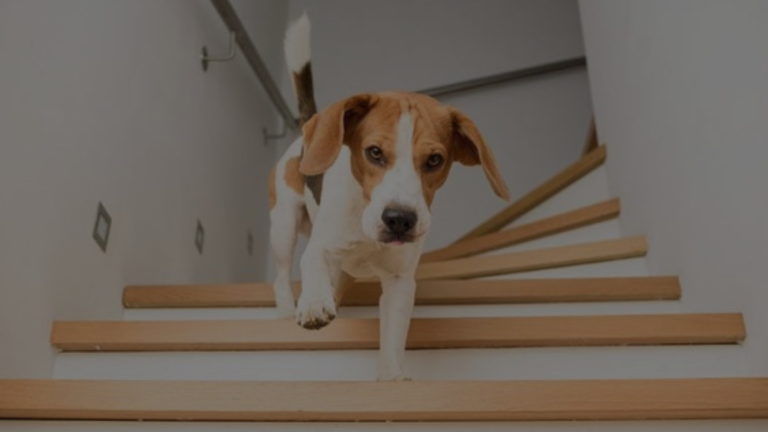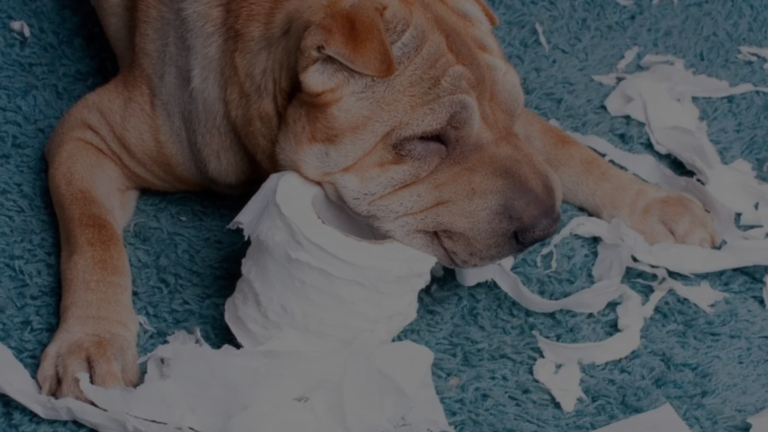The arrival of a litter of puppies is a joyous occasion, filled with adorable squeaks, clumsy paws, and unconditional love. But amidst the excitement, concerns about the puppies’ safety are natural. One worry for new dog owners is the possibility of the mother dog accidentally crushing her newborn pups. While this is a rare occurrence, understanding the potential causes and implementing preventive measures can ensure a smooth and healthy whelping experience for both mom and her precious brood. Now let’s see how to prevent mother dog from crushing puppies.
Understanding the Nature of Crushing
- Most mother dogs instinctively prioritize their pups’ safety, but accidental crushing can occur under certain circumstances.
- New or inexperienced mothers: Lacking maternal experience, they may not yet possess the natural awareness to avoid crushing pups while lying down or shifting positions.
- Large litters: With numerous pups huddled close, accidental smothering becomes more likely, especially in confined spaces.
- Stressful environments: Unfamiliar surroundings, excessive noise, or handling by strangers can cause anxiety in the mother, impacting her awareness.
- Physical limitations: Breeds with short snouts or limited mobility may struggle to navigate around their pups without accidentally stepping on them.
Creating a Safe Nursery
- Size and Location: Choose a box large enough for the mother to move comfortably, with raised sides (4-6 inches) to prevent pups from crawling out. Place it in a quiet, warm (70-80°F) area with low foot traffic.
- Bedding: Line the box with soft, absorbent bedding that’s easily washable and non-slip. Avoid loose materials that could entangle pups.
- Temperature Control: Use a heating pad or heat lamp under half the box, allowing pups to adjust their body temperature as needed. Closely monitor the temperature to avoid overheating.
- Pig Rails: These angled barriers attached to the box walls create a safe “no-crush zone” around the perimeter, preventing pups from getting trapped when the mother lies down.

Minimizing Stress and Promoting Bonding
- Limited Interaction: During the first few weeks, restrict the handling of the pups to minimize stress on the mother. Allow her to initiate interaction and set the pace.
- Gradual Introductions: If other pets are present, introduce them slowly and under supervision. Ensure they exhibit calm and respectful behavior around the mother and pups.
- Quiet Environment: Maintain a calm and quiet environment around the whelping box. Avoid loud noises or sudden movements that could startle the mother.
- Positive Reinforcement: Reward calm and nurturing behavior in the mother with gentle verbal praise or petting. Create a positive association with caring for her pups.

Monitoring and Intervention
- Regular Checks: Observe the mother and pups every few hours, especially during feeding times. Ensure all pups are nursing and appear healthy.
- Gentle Repositioning: If you notice the mother accidentally lying on a pup, gently reposition her without disturbing the litter. Encourage her to lie in a safe position, away from the edges of the box.
- Seek Veterinary Help: If you observe any concerning behavior in the mother, such as aggression towards the pups, lack of maternal care, or signs of illness, consult your veterinarian promptly.
Additional Tips to Prevent Mother Dog
- Nutritional Support: Ensure the mother receives a high-quality diet formulated for lactating dogs, providing the energy and nutrients needed to care for her pups.
- Hygiene: Maintain cleanliness in the whelping box by removing soiled bedding promptly and disinfecting the area regularly.
- Puppy Development Milestones: Familiarize yourself with typical puppy development milestones to identify any potential concerns early on.
- Vaccination and Deworming: Schedule timely vaccinations and deworming for the pups as recommended by your veterinarian.

Conclusion
By understanding the potential risks of crushing and implementing these preventive measures, you can significantly reduce the chance of accidental harm to the puppies. Remember, providing a safe and supportive environment, minimizing stress, and monitoring closely are key to ensuring the well-being of both mother and pups during this crucial time. If you have any questions or concerns, always consult your veterinarian for expert advice.
Resources & References
- https://veterinarypartner.vin.com/default.aspx?pid=19239&catId=102898&id=10330034
- https://thedogjournal.net/2023/12/canine-welfare-purdue-university-setting-up-a-welfare-friendly-whelping-area/
- https://www.thekennelclub.org.uk/dog-breeding/first-time-breeders/rearing-and-raising-your-puppies/
- https://en.wikipedia.org/wiki/Whelping_box
FAQs About Preventing Mother Dogs From Crushing Puppies
Is it normal for mother dogs to accidentally crush their puppies?
Yes, unfortunately, it’s not uncommon for mother dogs to accidentally crush their puppies, especially in the first few weeks after birth. This can happen for various reasons, including:
- Lack of experience: New mothers might not have the instinct to avoid crushing their pups yet.
- Large litters: With more puppies, there’s a higher chance of one getting accidentally squished.
- Stressful environment: Loud noises, unfamiliar surroundings, or excessive handling can make the mother anxious, impacting her awareness.
- Physical limitations: Breeds with short snouts or limited mobility may struggle to navigate around their pups without accidentally stepping on them.
How can I create a safe whelping box to prevent crushing?
Setting up a safe whelping box is essential. Here are some key elements:
- Size and location: Choose a box large enough for the mother to move around comfortably, with raised sides (4-6 inches) to prevent pups from crawling out. Place it in a quiet, warm (70-80°F) area with minimal foot traffic.
- Bedding: Use soft, absorbent, washable, and non-slip bedding. Avoid loose materials that could entangle pups.
- Temperature control: Use a heating pad or heat lamp under half the box, allowing pups to adjust their body temperature. Monitor temperature closely to avoid overheating.
- Pig rails: These angled barriers attached to the box walls create a safe “no-crush zone” around the perimeter, preventing pups from getting trapped under the mother.
Should I interfere if the mother seems stressed around the puppies?
It’s crucial to monitor the mother and pups closely but minimize unnecessary interference. Allow the mother to set the pace for interaction and handling, especially during the first few weeks. If she seems stressed, try to identify and address the source of stress (e.g., loud noises, excessive handling). Remember, gentle reassurance and a calm environment can go a long way.
What are some signs that a puppy might be in danger of being crushed?
While most pups are resilient, watch out for signs that one might be struggling:
- Frequent crying: If a puppy cries excessively, especially when the mother lies down, it could indicate discomfort or being trapped.
- Visible distress: Look for signs of stress like panting, flattened ears, or attempting to escape the mother’s proximity.
- Injuries: Check for any injuries, especially around the head and neck, which could be signs of accidental crushing.







